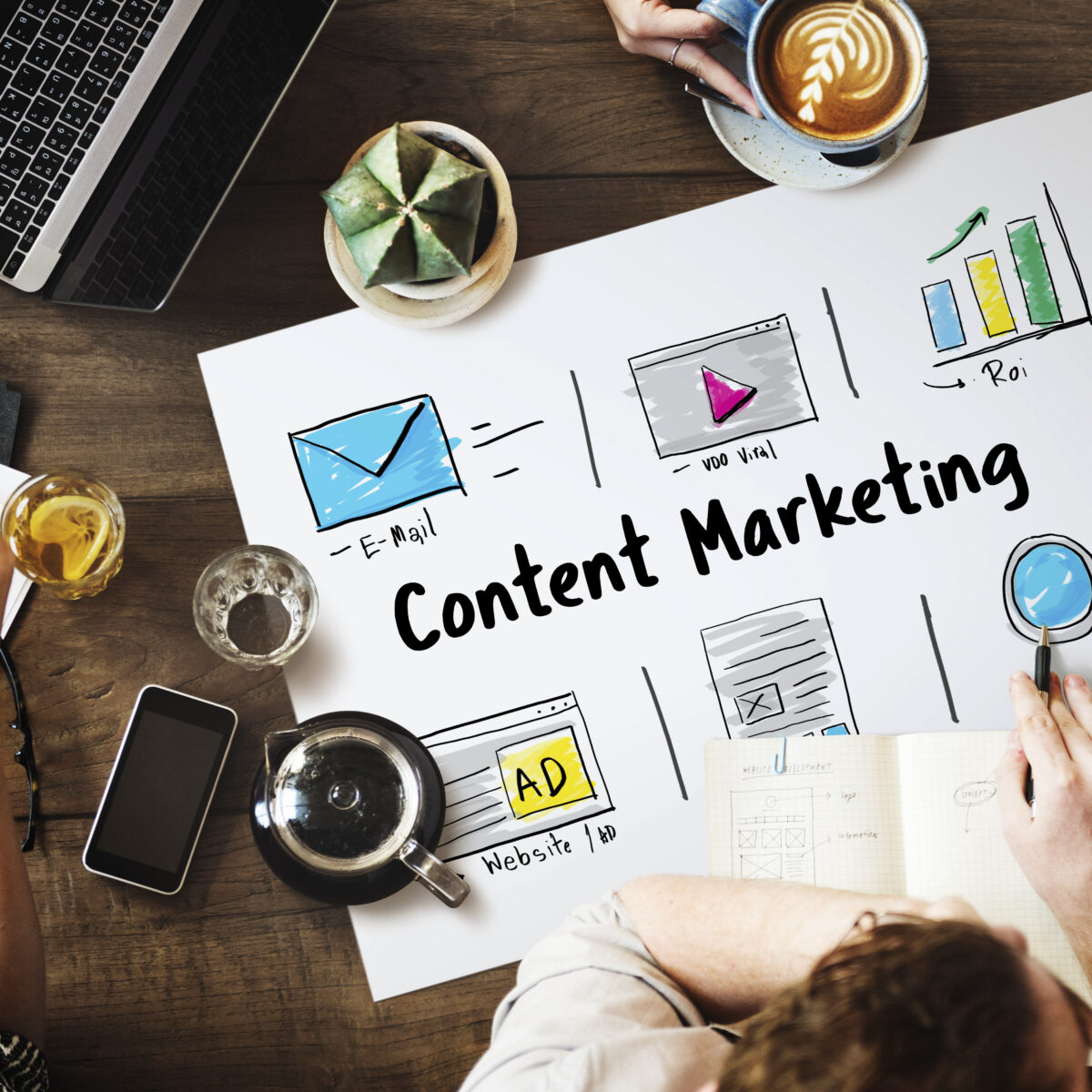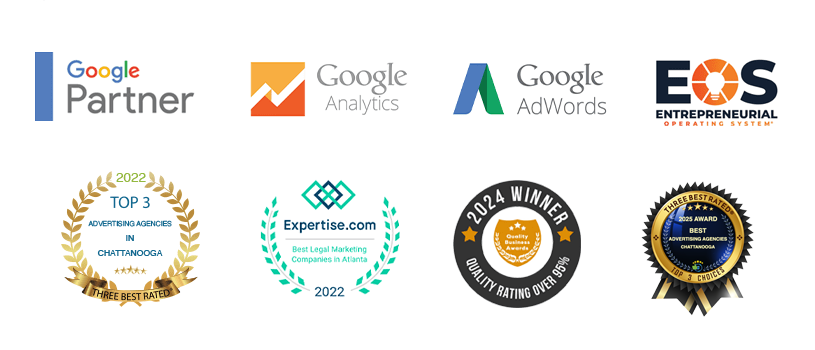As businesses and creators seek to captivate audiences and stand out in the online sphere, mastering the ABCs of content marketing is crucial. From understanding your audience to zealously analyzing your results, this comprehensive guide will take you through the fundamental principles and advanced strategies that form the backbone of successful content marketing.
A is for Audience Understanding
Audience Personas
Crafting content without understanding your audience is like shooting in the dark. Develop detailed audience personas to tailor your content to the preferences, needs, and behaviors of your target demographics. Conduct thorough market research to identify trends, preferences, and pain points within your industry. This insight will guide your content strategy and help you create content that resonates.
B is for Brand Voice
Consistent Branding and Storytelling
Maintain a consistent brand voice across all your content channels. Consistency builds trust and helps your audience recognize and connect with your brand. Humans are wired for stories. Use storytelling techniques to create narratives that evoke emotions, establish connections, and leave a lasting impact on your audience.
C is for Content Creation
Quality OverQuantity
Focus on producing high-quality content rather than churning out a high volume of mediocre pieces. Quality content builds credibility and encourages audience engagement. Experiment with different content formats, including blog posts, videos, podcasts, infographics, and interactive content. Diversifying your content portfolio ensures you cater to various audience preferences.
D is for Distribution Strategies
Social Media Channels
Leverage the power of social media to amplify your content. Tailor your distribution strategy to each platform, considering the unique characteristics and demographics of your audience on each. Build and nurture your email list. Email marketing remains a potent tool for delivering personalized content directly to your audience’s inbox.
E is for SEO Optimization
Keyword Research
Conduct thorough keyword research to understand the terms your audience is searching for. Integrate these keywords naturally into your content to improve its discoverability on search engines. Optimize your content for on-page SEO factors, including metatags, headers, and image alt text. A well-optimized piece ranks higher on search engine results pages.
F is for Feedback and Iteration
Analytics and Metrics
Regularly analyze the performance of your content using analytics tools. Track metrics such as engagement, conversion rates, and bounce rates to understand what resonates with your audience. Use feedback and analytics to iterate and refine your content strategy continuously. The digital landscape evolves, and your content strategy should evolve with it.
G is for Goal Setting
SMART Goals
Set SMART (Specific, Measurable, Achievable, Relevant, Time-bound) goals for your content marketing efforts. Clearly defined goals provide direction and help measure success.
Ensure your content marketing goals align with broader business objectives. Whether it’sbrand awareness, lead generation, or customer retention, your content should contribute to overarching goals.
H is for Human Connection
Authenticity:
Authenticity builds trust. Be genuine in your communication and let your brand’s personality shine through in your content.
Foster a sense of community around your brand. Engage with your audience through comments, social media, and other interactive channels.
I is for Interactive Content
Quizzes, Polls, and Surveys
Integrate interactive elements into your content strategy. Quizzes, polls, and surveys encourage active participation, increasing engagement and shareability. Encourage your audience to create and share content related to your brand. User-generated content not only expands your reach but also builds a sense of community.
J is for Journey Mapping
Customer Journey
Map the customer journey to understand the touchpointswhere your audience interacts with your content. Tailor content for each stage of the journey, from awareness to conversion and retention.
Deliver personalized experiences based on where users are in their journey. Personalization enhances user engagement and satisfaction.
K is for Keeping Up with Trends
Industry Updates
Stay informed about industry trends and updates. Trends shape user behavior, and adapting your content strategy to reflect these changes keeps your brand relevant.
Embrace emerging technologies, such as augmented reality or virtual reality, to create innovative and immersive content experiences.
L is for Landing Pages
Conversion Optimization
Design landing pages with conversion in mind. Optimize for user experience, load times, and a clear call-to-action to maximize conversion rates. Experiment with A/B testing on landing pages to understand what elements drive better conversion rates. Test variations of headlines, images, and CTAs to refine your approach.
M is for Mobile Optimization
Responsive Design
Ensure your content is accessible and visually appealing on mobile devices. Responsive design enhances the user experience for audiences accessing content on smartphones and tablets. Consider mobile-friendly content formats, such as vertical videos and concise text, to cater to the preferences of mobile users.
N is for Niche Targeting
Specialized Content
Tailor your content to cater to niche audiences within your broader target demographic. Specialized content establishes authority and resonates more deeply with specific segments.
Collaborate with micro-influencers in your niche. Micro-influencers often have a more engaged and specific audience, providing a valuable platform for niche targeting.
O is for Originality
Unique Value Proposition
Differentiate your content by showcasing a unique value proposition. What sets your content apart from competitors? Identify and emphasize these unique qualities. Steer clear of duplicate content. Search engines prioritize original content, and duplicating material can harm your SEO efforts.
P is for Planning and Editorial Calendar
Content Calendar
Create a content calendar to plan your content in advance. A well-organized editorial calendar ensures consistency and helps you align content with marketing initiatives and events.
Consider the timing of your content releases. Strategic timing can maximize visibility and engagement, especially for timely or seasonal content.
Q is for Quality Backlinks
Building Authority
Focus on building quality backlinks from reputable sources. Quality backlinks enhance your domain authority and improve search engine rankings.
Collaborate with other brands and influencers for mutual backlinkingopportunities. These partnerships can expand your reach and introduce your content to new audiences.
R is for Repurposing Content
Maximizing Content Value
Repurpose content across different formats to maximize its value. For example, transform a blog post into a podcast episode, infographic, or video for broader reach.
Create evergreen content that remains relevant over time. Evergreen pieces continue to attract organic traffic and serve as foundational elements in your content library.
S is for Social Proof
Testimonials and Reviews
Incorporate testimonials and reviews into your content. Social proof builds trust and credibility by showcasing positive experiences from your audience.
Encourage social sharing of your content. Social signals, such as likes, shares, and comments, contribute to your content’s visibility on social media platforms.
T is for Trendjacking
Caution and Relevance
Exercise caution and ensure that the trend aligns with your brand’s values. Relevance is crucial to prevent appearing opportunistic or insincere.
U is for User-Centric Design
User Experience (UX)
Prioritize user experience in your content design. A user-friendly layout, clear navigation, and intuitive design contribute to a positive overall experience.
Ensure your content is accessible to users with disabilities. Adhering to accessibility standards not only broadens your audience but also aligns with ethical content practices.
V is for Video Content
Rising Popularity
Embrace the rising popularity of video content. Video is a versatile format that captures attention and is highly shareable on social media platforms. Experiment with live streaming to engage with your audience in real-time. Live content fosters a sense of immediacy and connection.
W is for Website Optimization
Speed and Performance
Optimize your website for speed and performance. A fast-loading site improves user experience and positively impacts search engine rankings. Ensure your website is responsive on mobile devices. Mobile responsiveness is a key factor in both user experience and SEO.
X is for eXperimentation
A/B Testing
Continuously experiment with different content elements through A/B testing. Test headlines, visuals, and calls-to-action to refine your content strategy based on audience response.
Base decisions on data. Use analytics to understand what works and what doesn’t, allowing you to make informed content adjustments.
Y is for Yielding to Trends
Adapting to Change
Stay adaptable and open to change. The digital landscape evolves, and content marketers must be agile in adapting to new technologies, platforms, and trends. Invest in strategies that position your content for the future. Whether it’s embracing emerging technologies or staying ahead of industry shifts, a future-forward mindset ensures sustained success.
Z is for Zealous Analysis of Results
Metrics Tracking
Regularly track and analyze key metrics. Understand the impact of your content on audience engagement, conversion rates, and overall business objectives. Use your results to iterate and improve your content strategy. Successful content marketing is an iterative process that evolves based on insights and feedback.
Conclusion
Mastering the ABCs of content marketing involves a holistic understanding of your audience, the creation of compelling content, and the strategic distribution and analysis of results. By embracing these principles and continuously refining your approach, you’ll unlock the full potential of content marketing, building lasting connections with your audience and achieving sustained success in the digital landscape.










